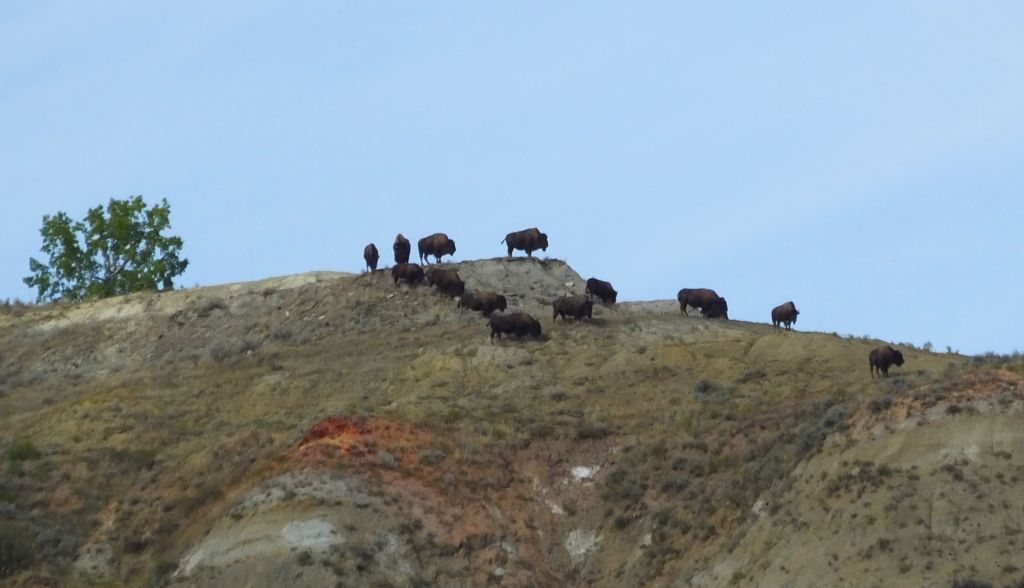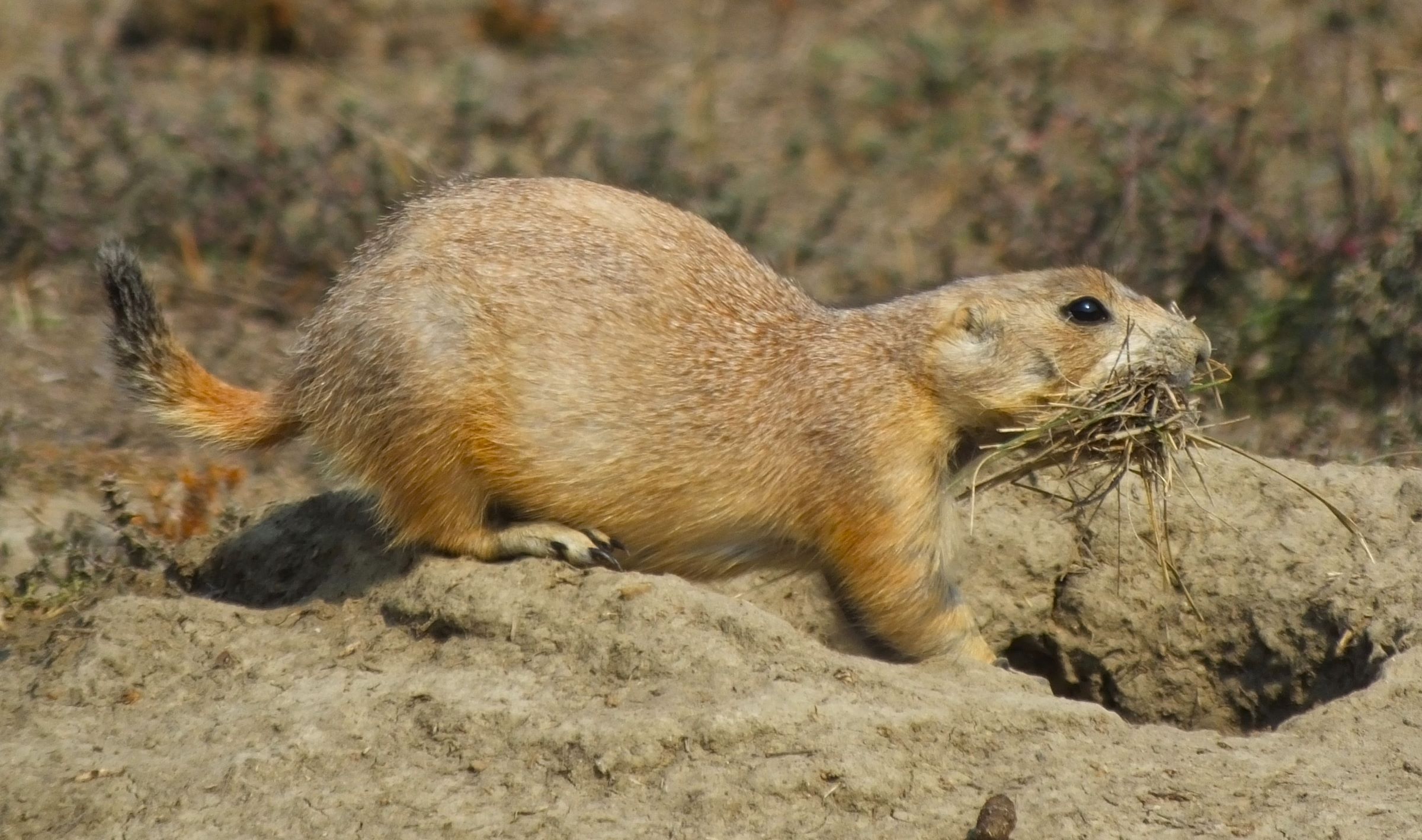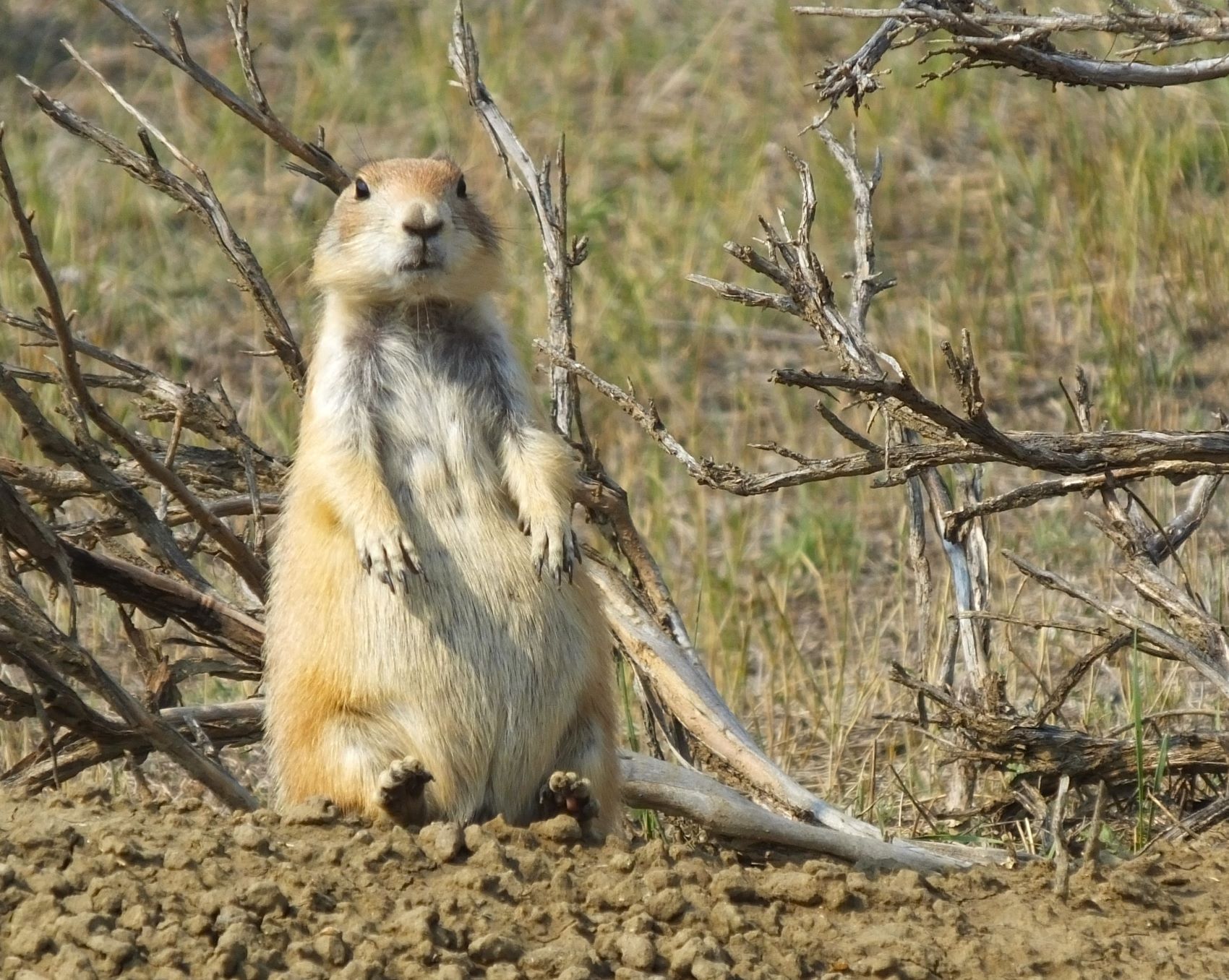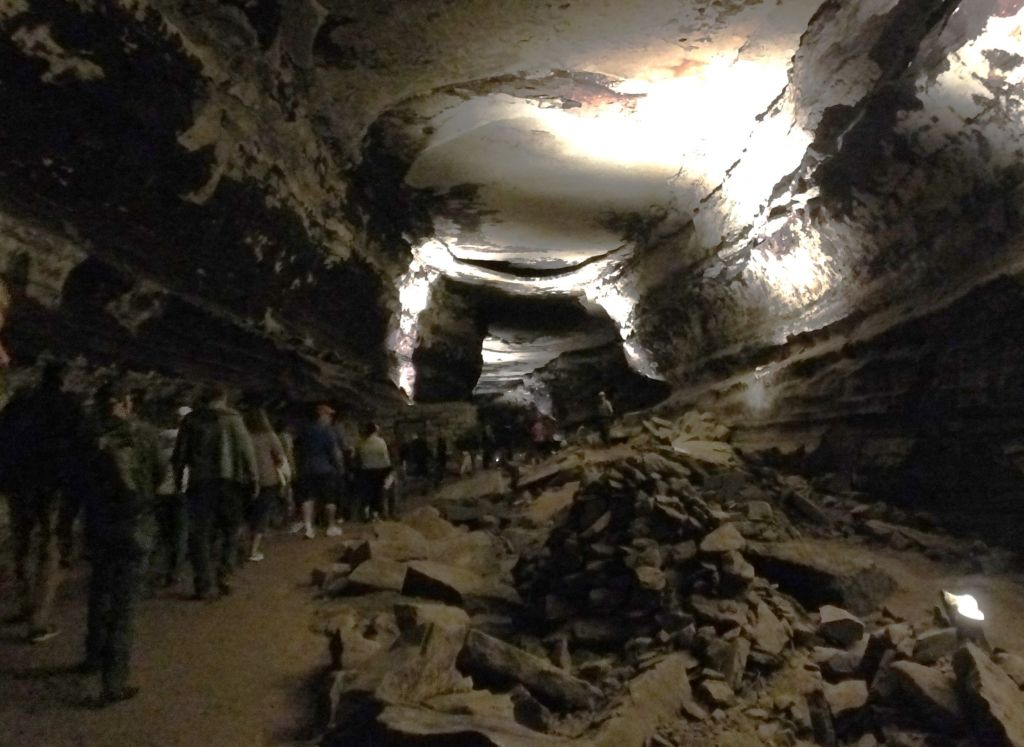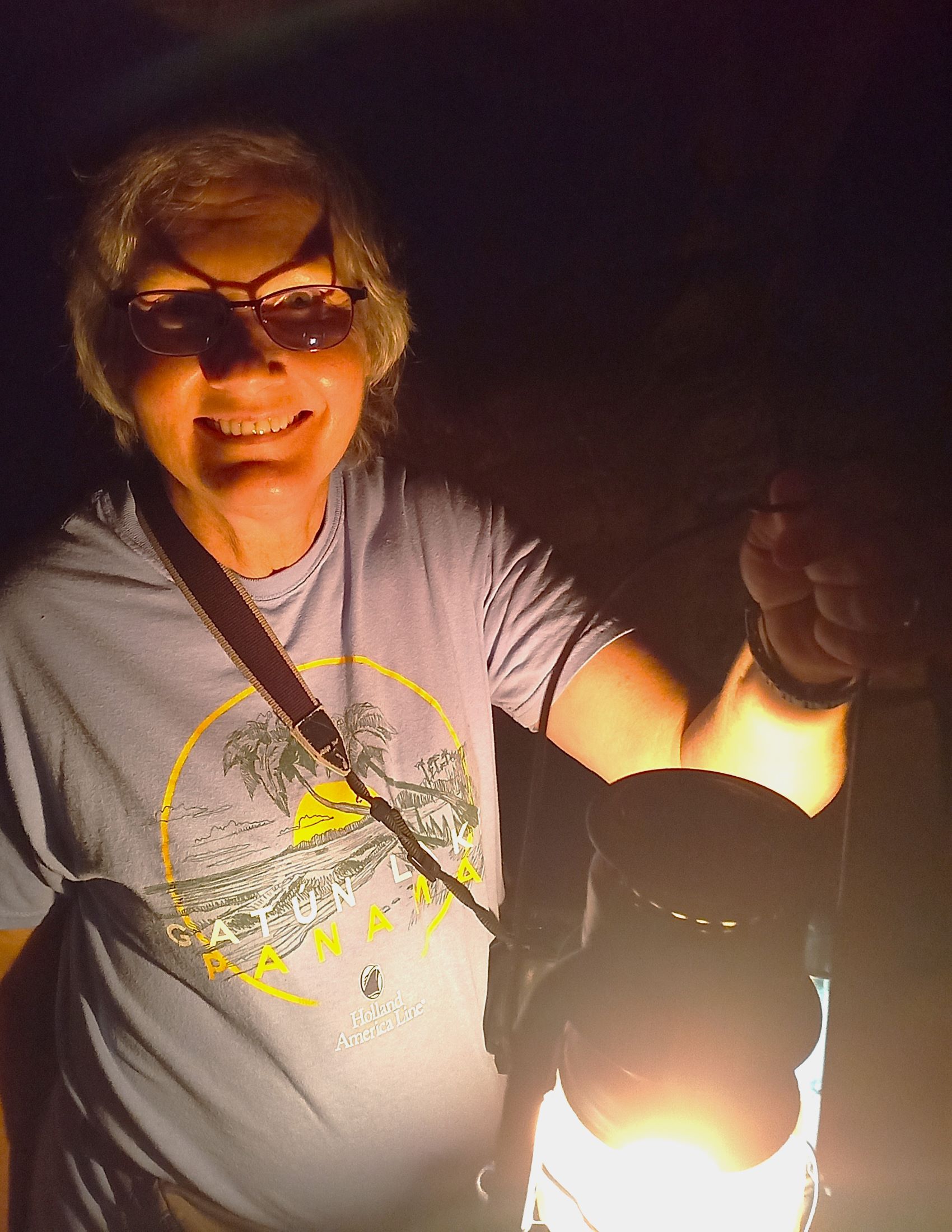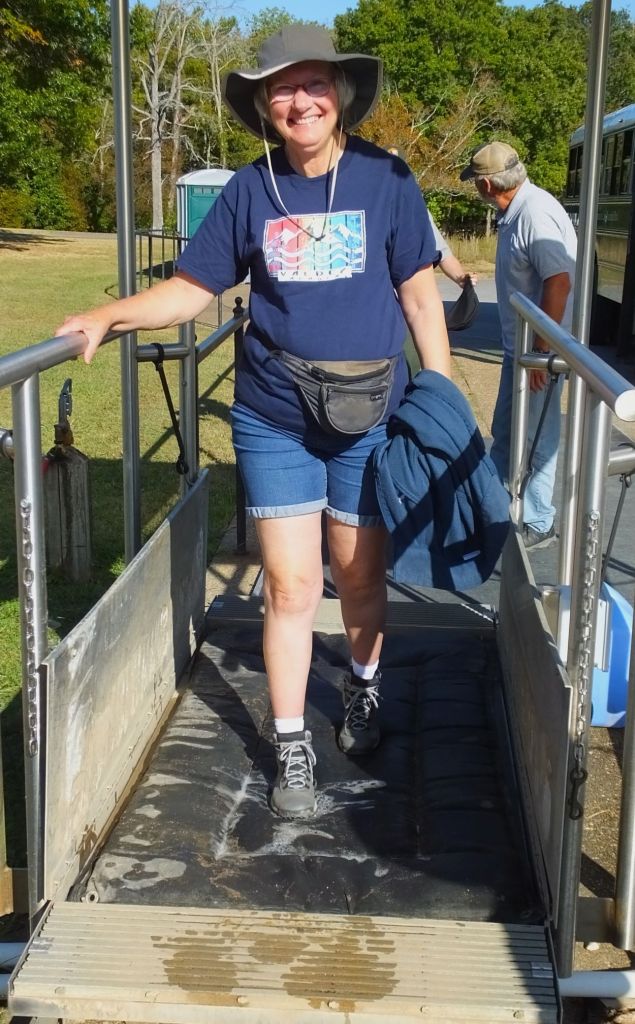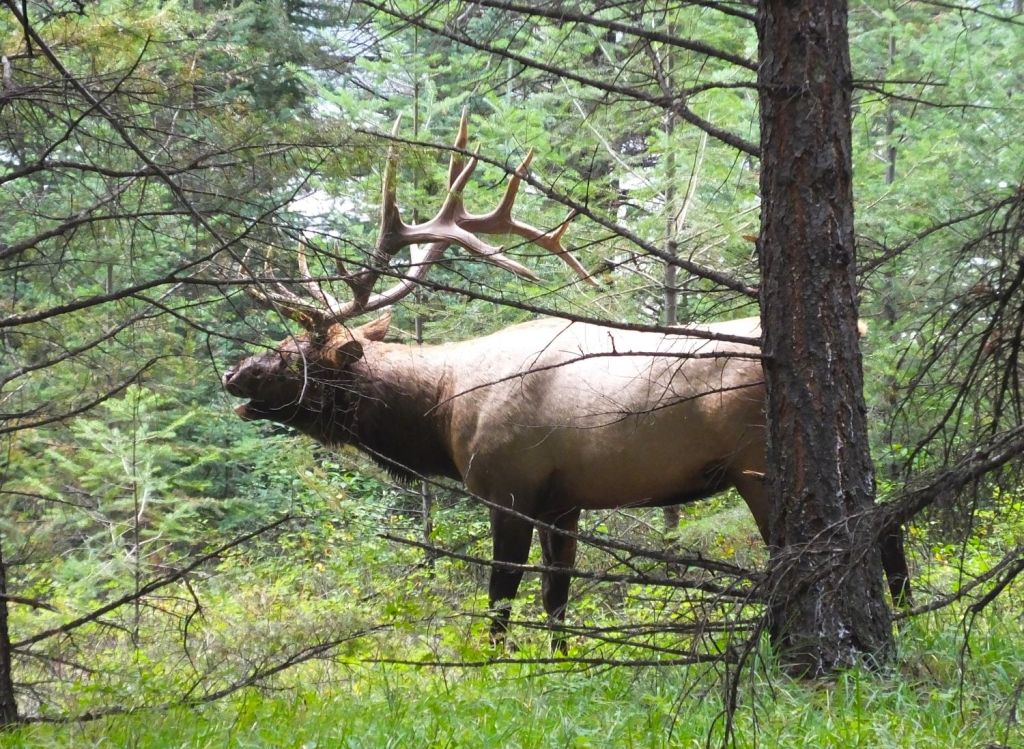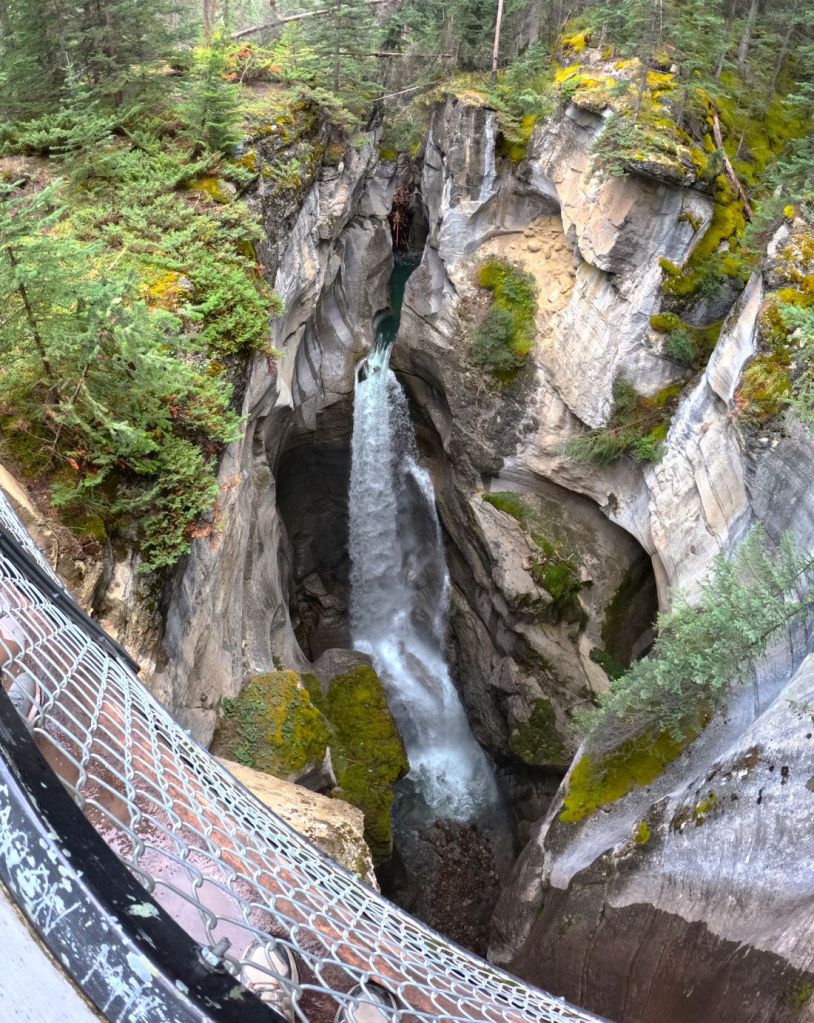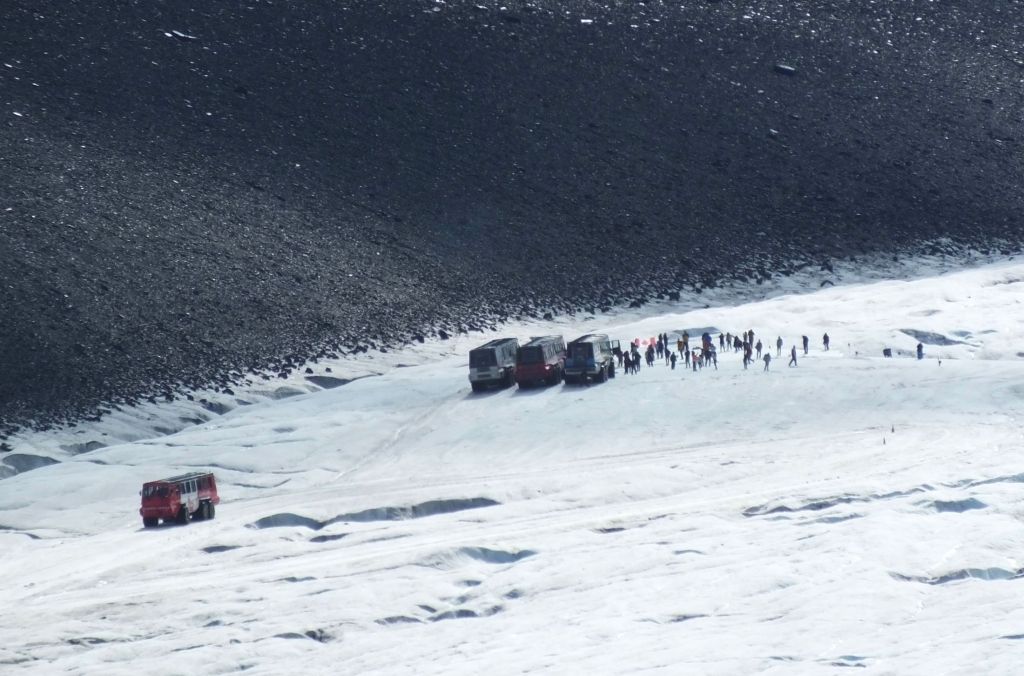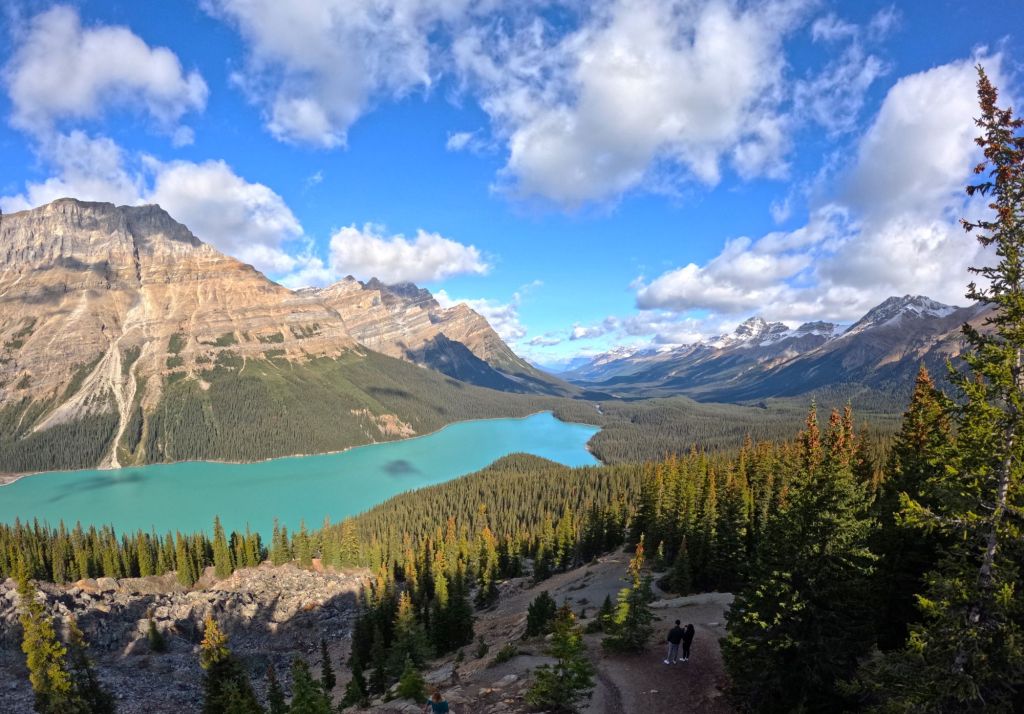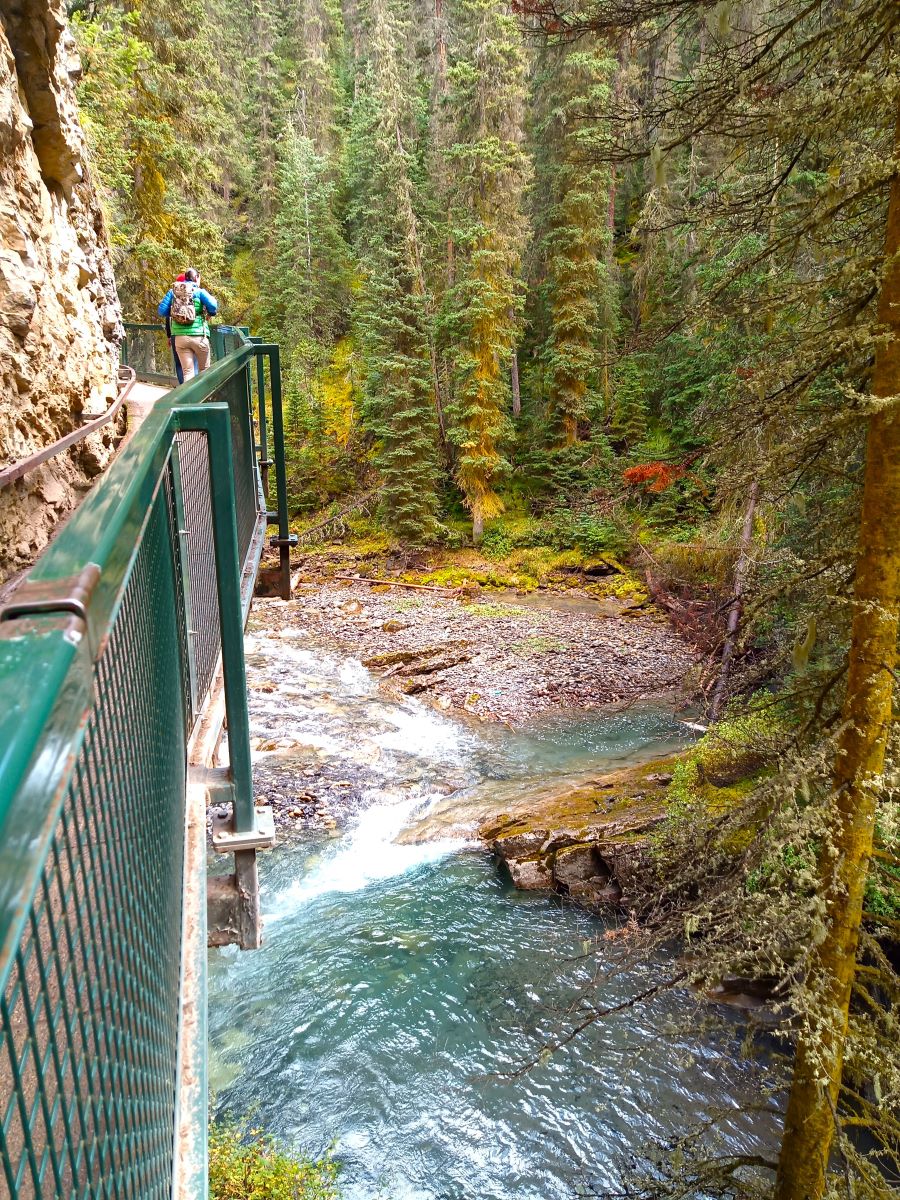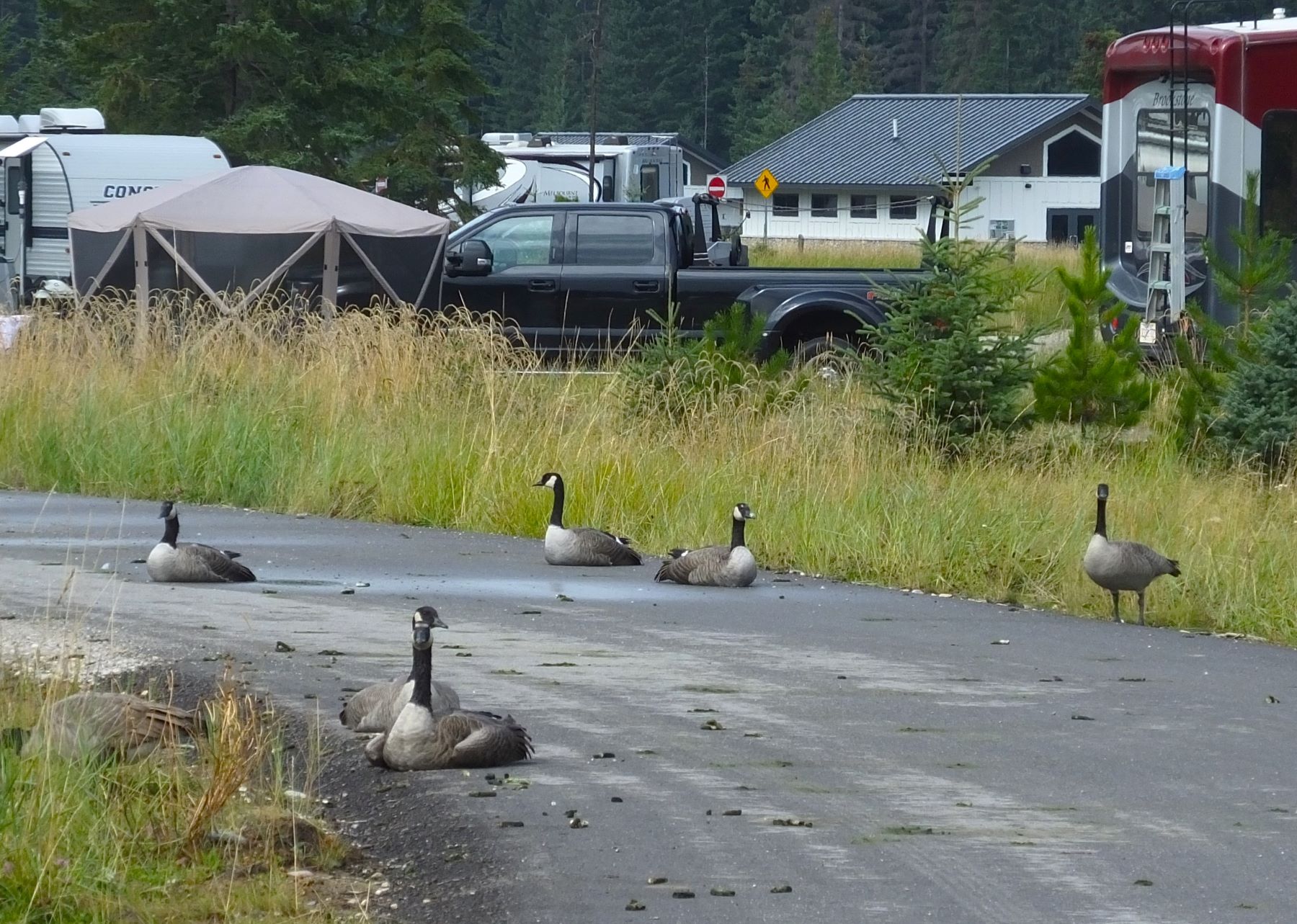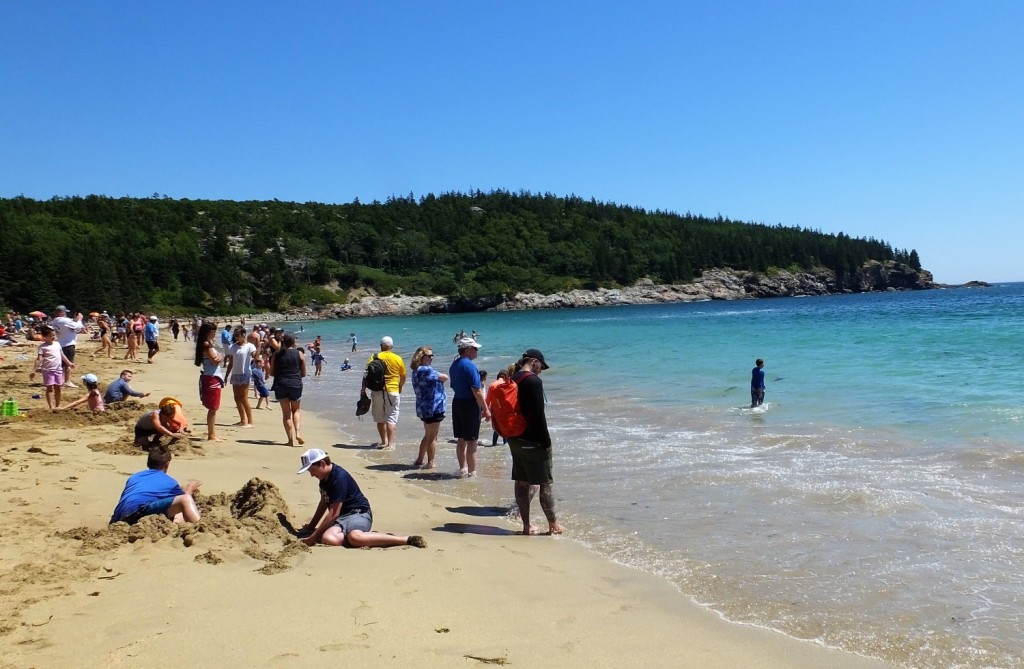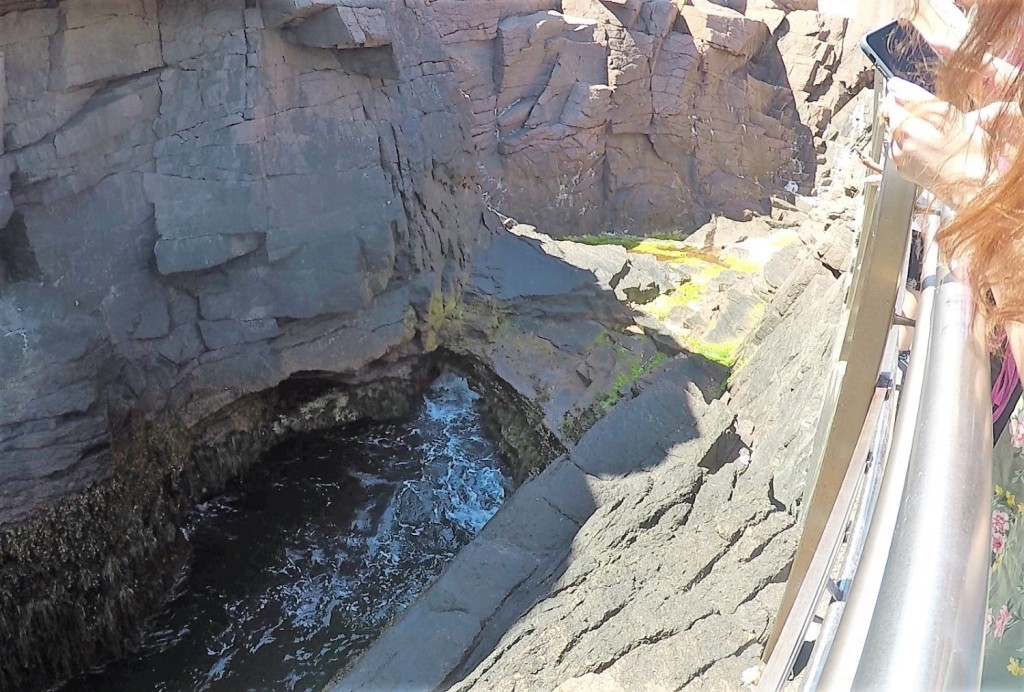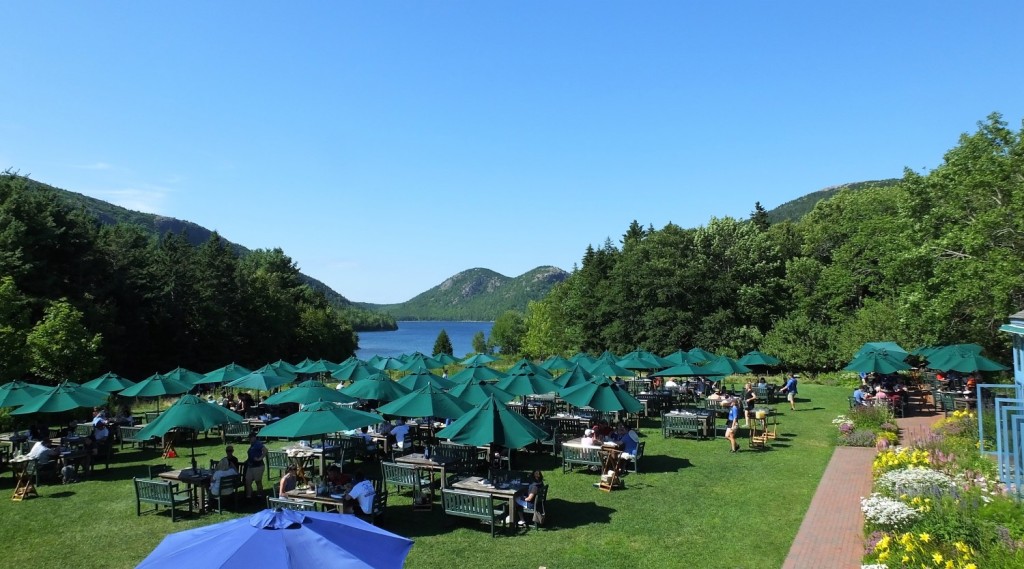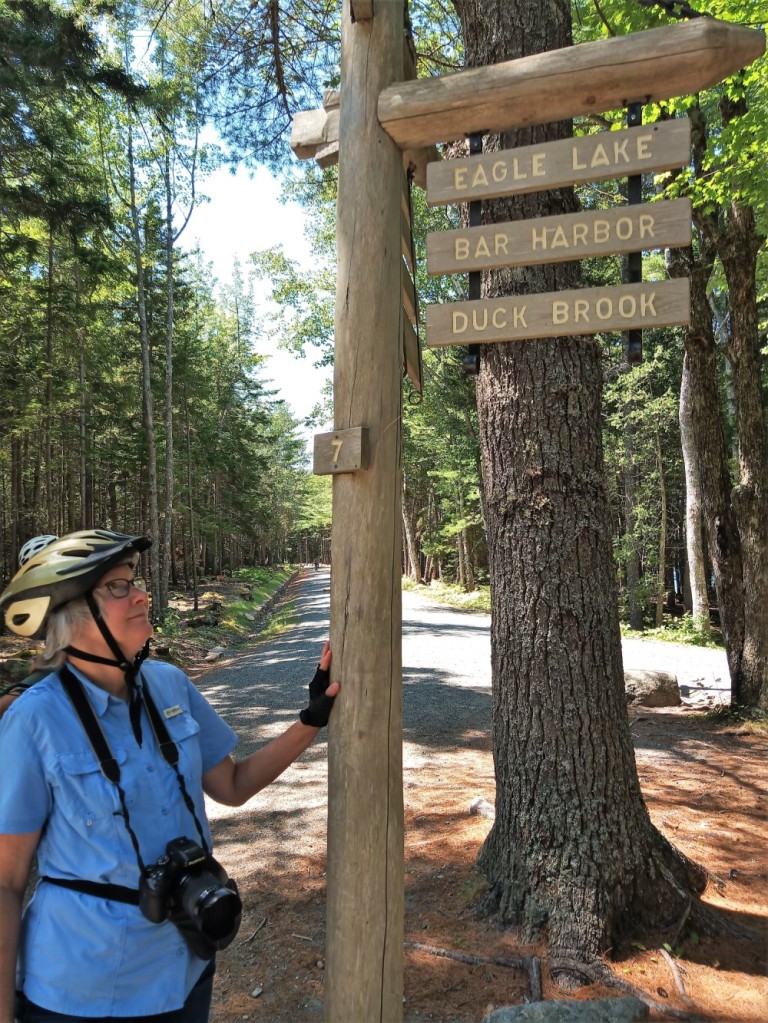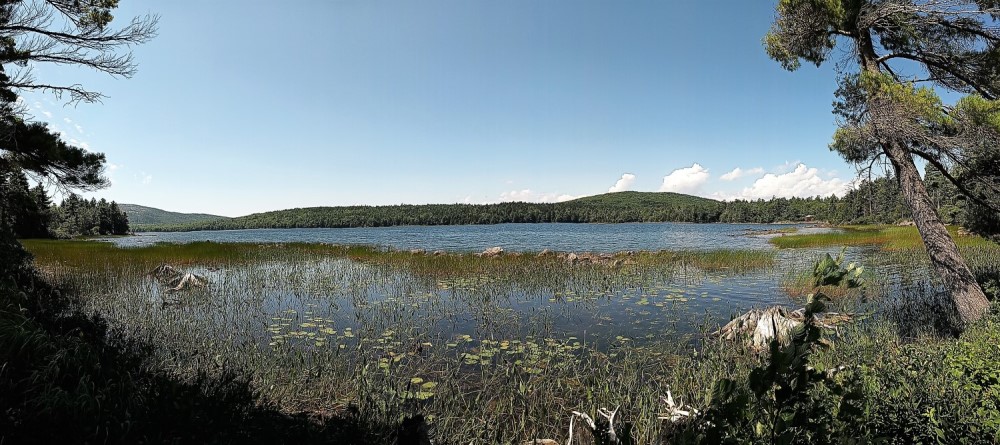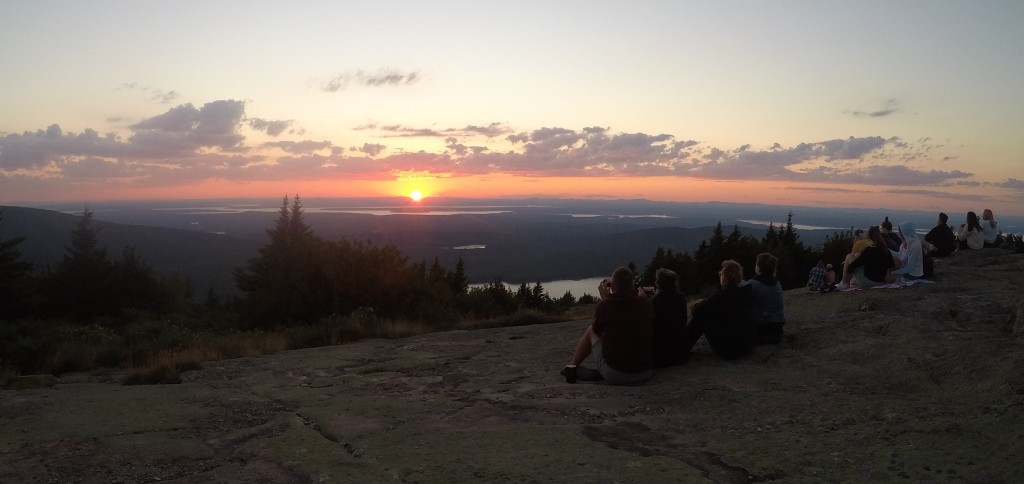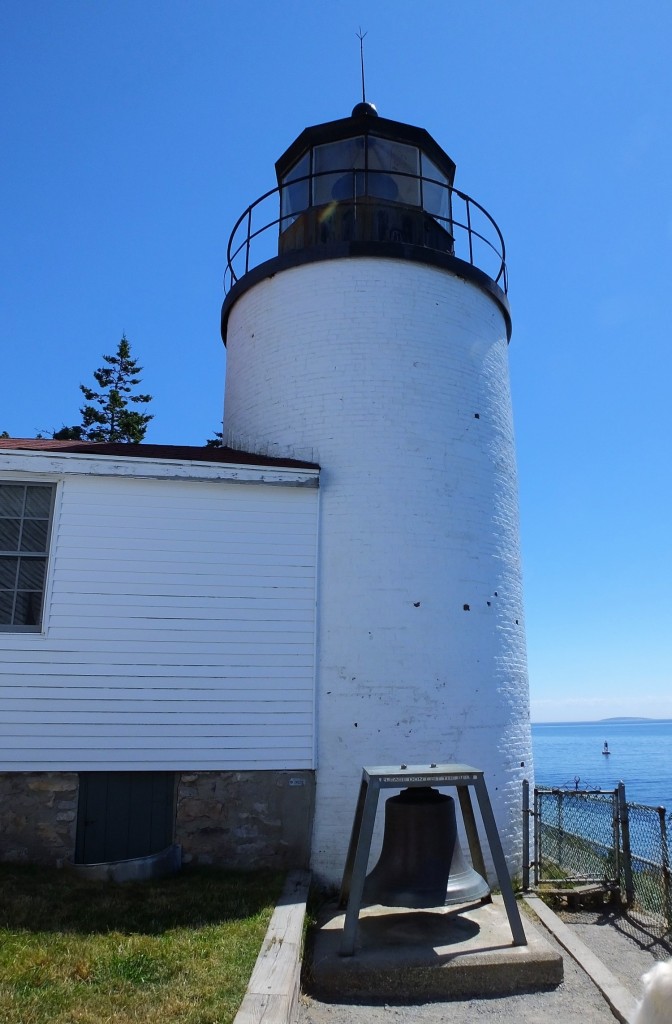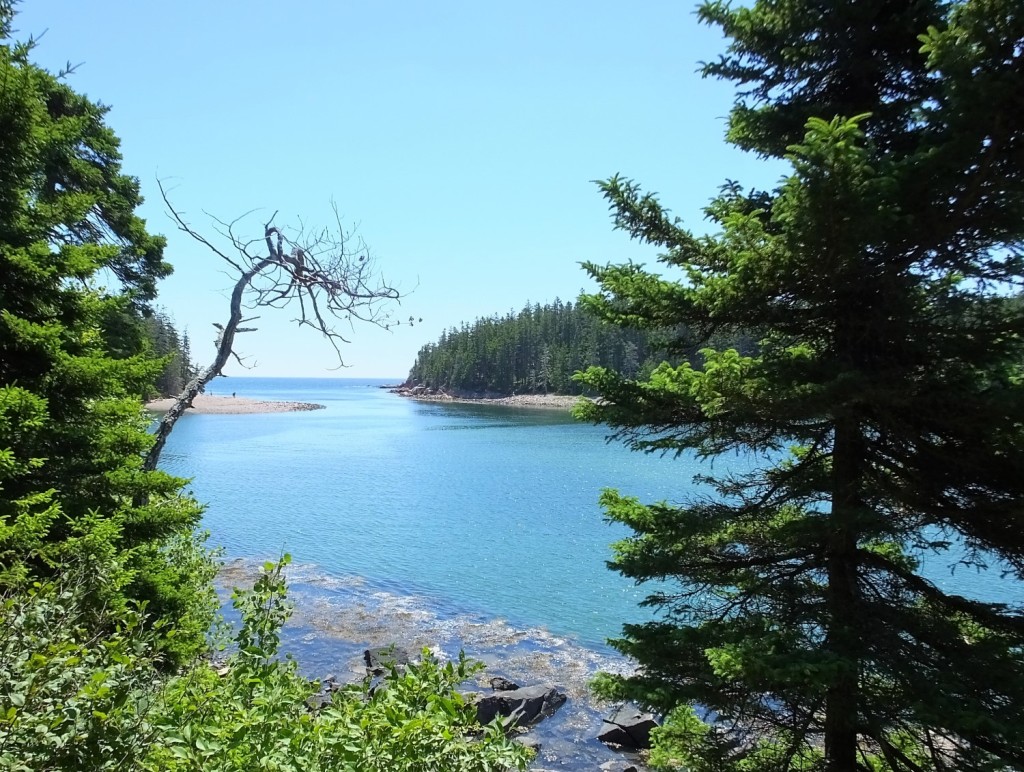(2024 Heartland Ep 2)
In recent years we have made several late-winter/early-spring camping trips to the Florida Keys. This year’s trip has some interesting surprises.

Robert is Here!

Our Florida Keys journey began with a stop at Robert is Here, an amazing fruit stand near Homestead at the start of the Keys. Dozens of local and exotic fruits and vegetables, and amazing fresh fruit-flavored milkshakes, can be purchased.
The attraction was named for a sign Robert’s dad made to get the attention of people passing by his six-year-old son’s small fruit stand in 1959. That day all of his produce was sold by noon and Robert’s lifelong fruit stand business was born!
On to the Keys and John Pennekamp State Park
From Florida City on the Florida mainland to its end in Key West, the Overseas Highway counts down 126 miles. There’s lots to see and do all along the drive!
Our first stop was at mile marker 102.5 near Key Largo to spend a week at John Pennekamp Coral Reef State Park. The park is known for coral reefs located several miles off the ocean side of the island. Excursion boats carry snorkelers who view the coral and various sea life, and scuba divers who swim to a well-known underwater statue of Christ.

Due to choppy sea conditions, we opted for a glass bottom boat tour. Unfortunately, the reefs were seriously damaged by high water temperatures last summer (as high as 101.1 F) and the reef views were disappointing. One can only hope the reefs will recover with more normal ocean temperatures.
We did enjoy bicycling and hiking several short trails in the park and nearby. A highlight of our visit was kayaking some very interesting ‘water trails’ in the park mangroves.

Crocs, Gators and More in the Everglades
We took two day trips to Everglades National Park. At the northern boundary of the park, we bicycled the 15-mile Shark Valley loop road, passing herons, egrets and numerous alligators. The highlight of the ride was a viewing tower from which we could see expansive grasslands and hammocks. The tower reminded us of a similar structure at Clingman’s Dome in Great Smoky Mountains National Park.





Shark valley views – biking, birds and trailside gators
The next day we drove to Flamingo, a developed area deep in the heart of the national park. They have an excellent visitor center, campground, other accommodations and marina.

At the marina boat landing, a park ranger kept curious visitors at a safe distance from two large snarly-toothed crocodiles that were sunning themselves. We learned the Everglades has crocodiles AND alligators – both are rather ominous! Meanwhile, several manatees swam at boat docks not too far away.


We hiked along an overgrown canal to Florida Bay; the tall white feathered fellow blocked the path
Later, we hiked along an overgrown canal trail to a viewpoint of the Florida Bay. We saw many birds, including one rather tall white egret that blocked the trail for a bit, and a number of stealthy alligators trying to hide nearby.

As we exited the park that afternoon, we stopped at Rock Reef Pass, elevation 3 foot. The Everglades are remarkably flat, indeed!

On to Bahia Honda State Park

From Pennekamp SP we continued on the Overseas Highway past the busy towns of Islamorada and Marathon, and across the seven-mile bridge to Bahia Honda State Park, mile marker 37.8. The park is one of our favorite places to camp.
We bicycled to see the remains of a railroad bridge built by Henry Flagler. The railroad to Key West was an amazing engineering feat for its time. Completed in 1912, trains made the trip for 23 years before the bridges and rail lines were seriously damaged by the Labor Day Hurricane of 1935. The railway was turned over to the state and converted to an automobile highway in the following years.
There are beaches on both sides of the island – an oceanside beach faces the Strait of Florida and Cuba, and a gulf-side beach faces Florida Bay and distant Everglades. There are places to camp on both sides of the island.


Construction workers and supplies were staged on Pigeon Key during construction of the 7 Mile railroad bridge
Pigeon Key – A Tiny Island with a Big Story
One day we visited Pigeon Key, a small island visible from the seven-mile bridge. We took a tram nearly three miles on the original Bahia Honda bridge to the island that was used as a work camp when the original railroad bridge was built. Photos and relics in Pigeon Key buildings give an interesting history about the railroad.

Pap Gets A Bent Leg
We have been blessed with relatively few issues with our vehicles and campers as we have traveled over the years.
We had an unfortunate accident when arriving at Bahia Honda. As we entered the campground, the front camper jack hit a post that protected the campground entry keypad. The jack, used to raise the camper, was significantly bent. Pap had to stay on Percy until we got home and the jack was replaced. It was an unfortunate and expensive lesson.
Next Week
Our heartland journey begins as we travel to Huntsville, TX for a week at Camp Cedarbrook Texas.





